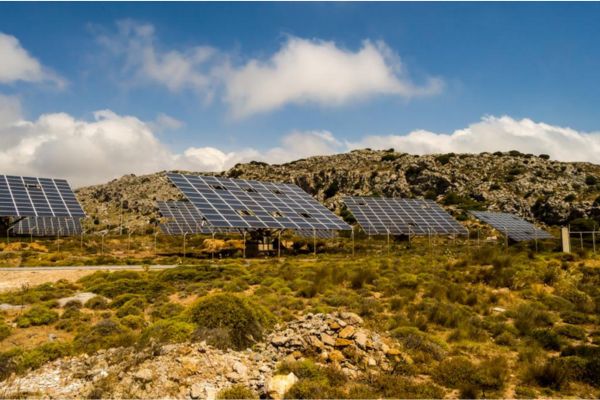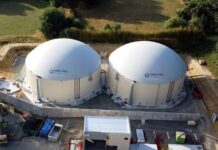Around one-sixth of the world’s population is out there in the dark. Around 87% of these people are from underdeveloped regions. Around 600 million people in Africa, about 43% of the total population, don’t have access to electricity.
Using fossil fuels is not a sustainable and green solution to the energy crisis we are facing as fossil fuels cause emissions and are non-renewable. Utilizing renewable resources is a better and greener alternative to non-renewable resources. Considering the current and planned project developments, by 2040, 76% of energy will come from renewable sources. Out of which 82% comes from hydropower, 11% from solar power, and 7% from wind power.
There will be about 276 wind power plants in Africa by 2040. Kenya has unveiled Africa’s largest wind power plant, increasing the nation’s electricity supply by 13%. This power plant has 365 turbines on the shores of Lake Turkana. Wind Turbines are the powerhouse of wind power. It collects the wind’s kinetic energy and converts it into electrical energy. Wind Turbines have several components like – blades, yaw system, pitch system, hub, gearbox, etc. Wind turbine pitch systems are used in rotating the rotor blades depending on the wind speed and direction. Wind turbine pitch systems arrange the angle of blades according to the wind direction. According to the Consegic Business Intelligence, wind turbine pitch systems are growing at a CAGR of 5.4% from 2023 to 2030, which signifies the growth of wind power systems in the next few years.
Although wind power plants are high-budget projects, the cost of wind turbines in the previous few years has been reduced by 55%-60%. Over time the efficiency of wind power plants will increase whereas the costs will be reduced. Also, the long-term benefits overcome the initial infrastructure costs required. There are several advancements in wind turbine control systems to provide better performance and reliability. Control systems also keep a keen eye on the turbine systems’ maintenance, health, and performance. Optimized algorithms provide precise angles to change according to the wind conditions which in turn maximizes the aerodynamic efficiency and energy extraction.
The current capacity of wind power plants in Africa is 9GW from 86 wind power plants. This capacity is expected to rise to 86GW growing by 900% in less than two decades. This shows the growth of renewable resources in the production of electricity in the upcoming future and leads towards a greener and cleaner future!








![SMART ENERGY WEEK [September] 2025 to Lead Global Renewable Energy Advancements SMART ENERGY WEEK](https://timestech.in/wp-content/uploads/2025/07/Untitled-design-2025-07-31T112230.406-218x150.jpg)









